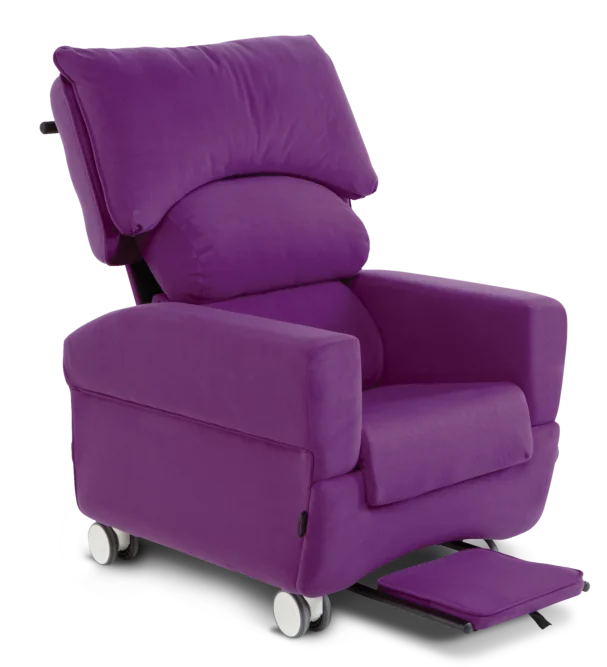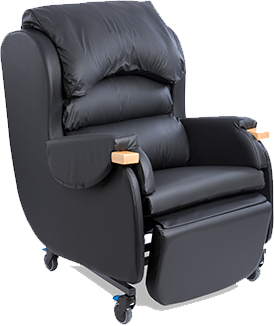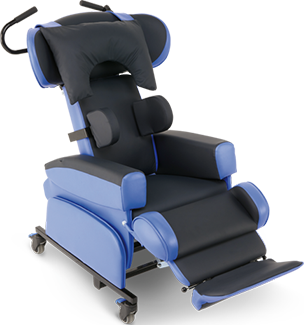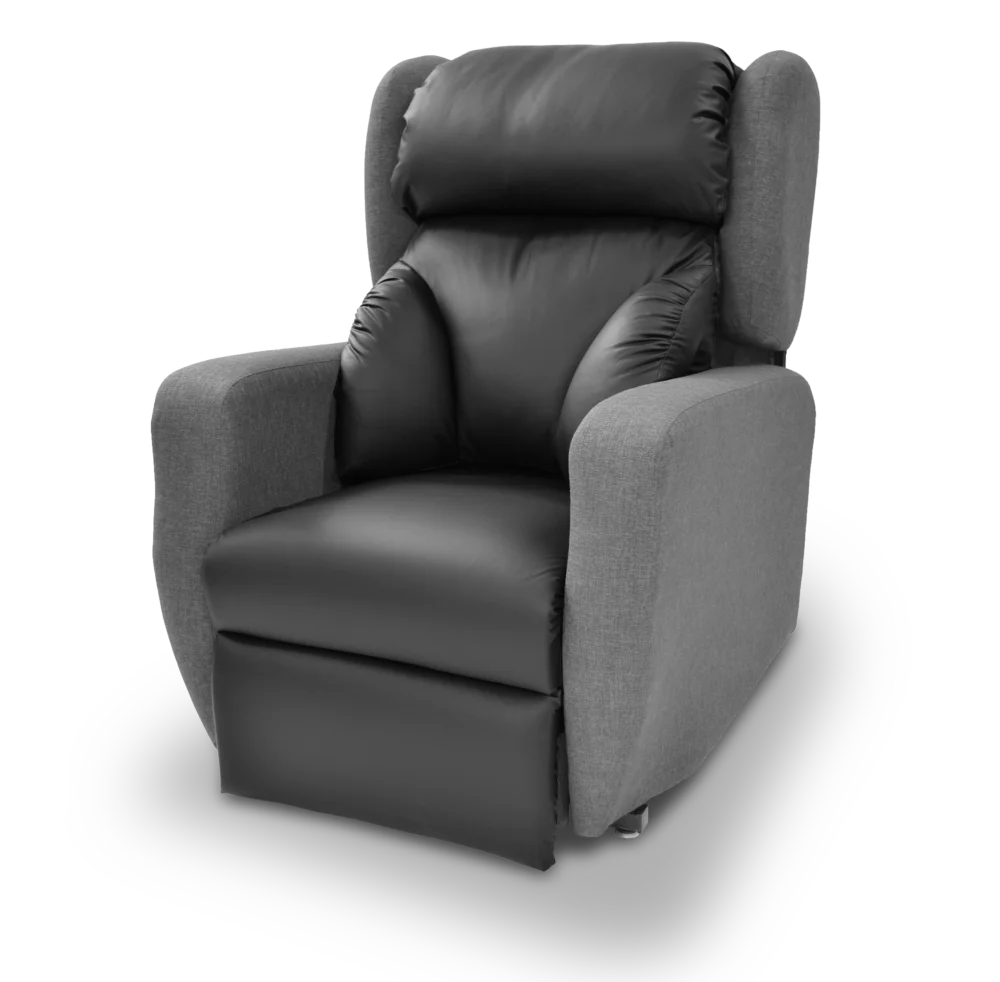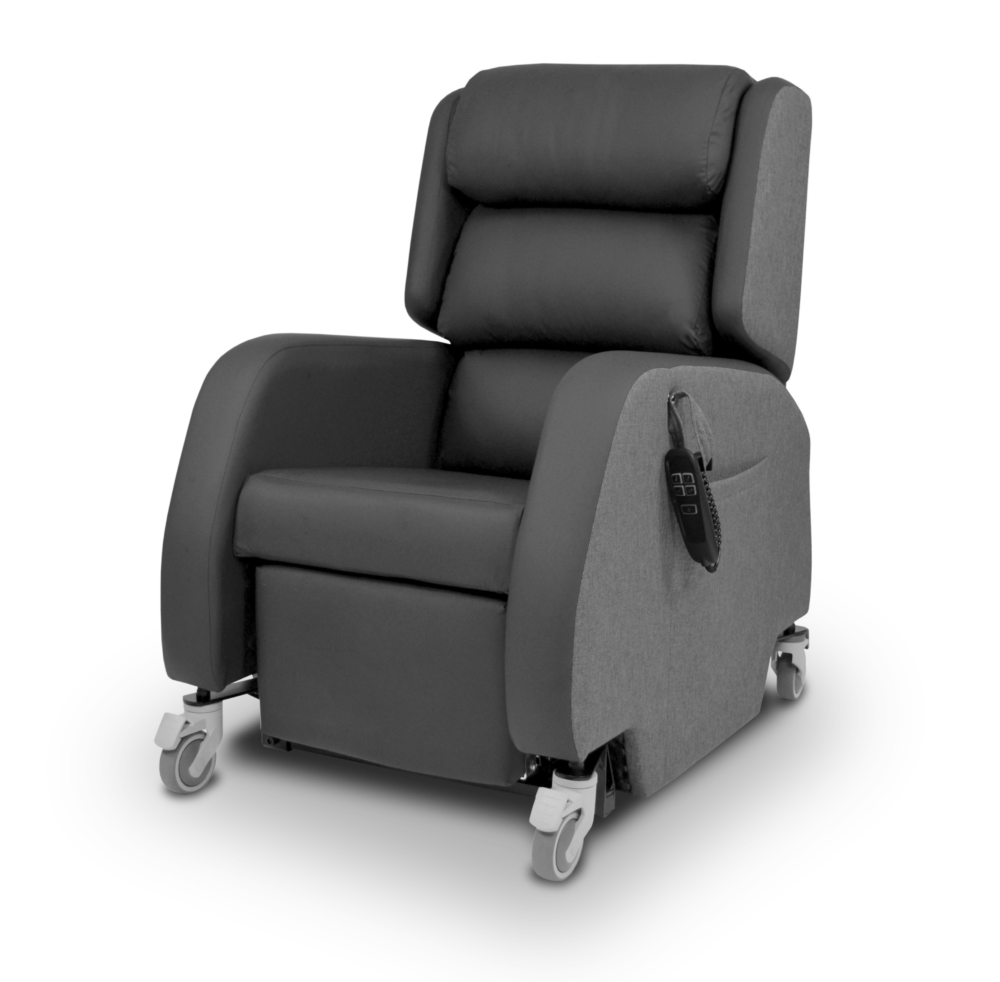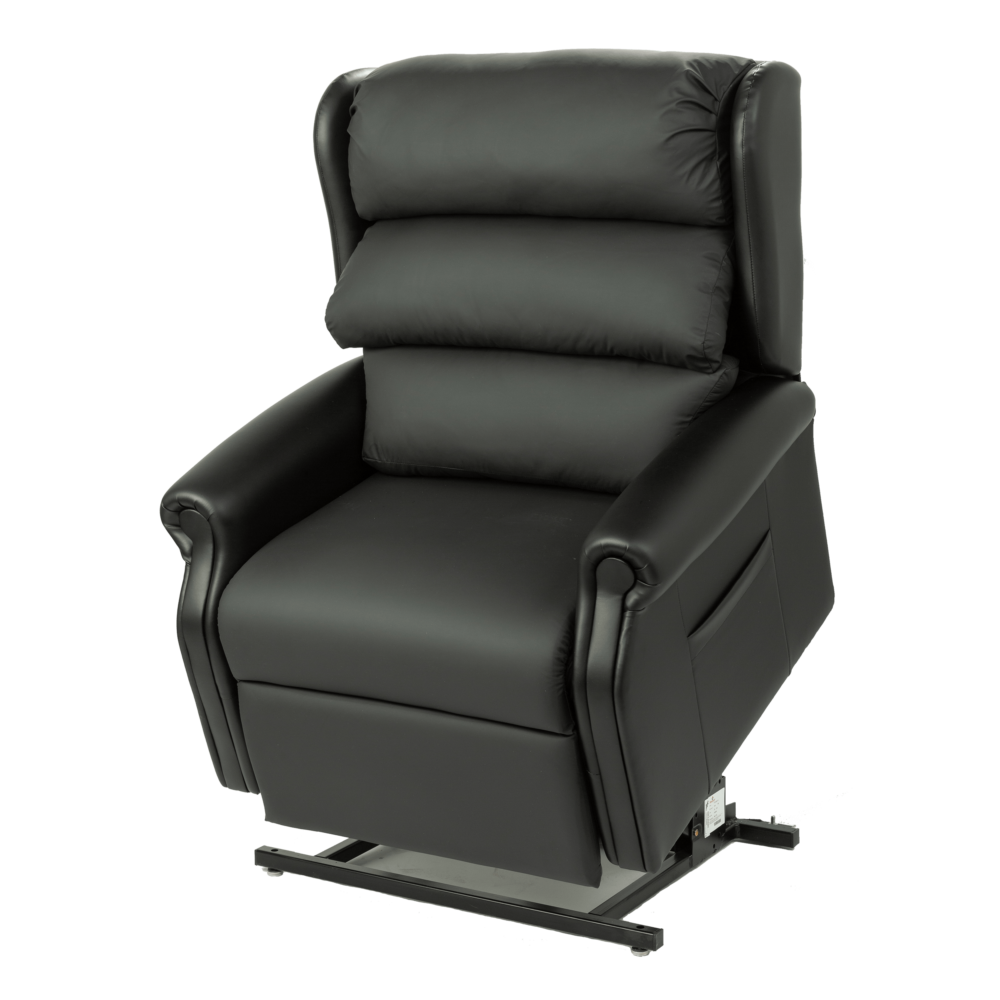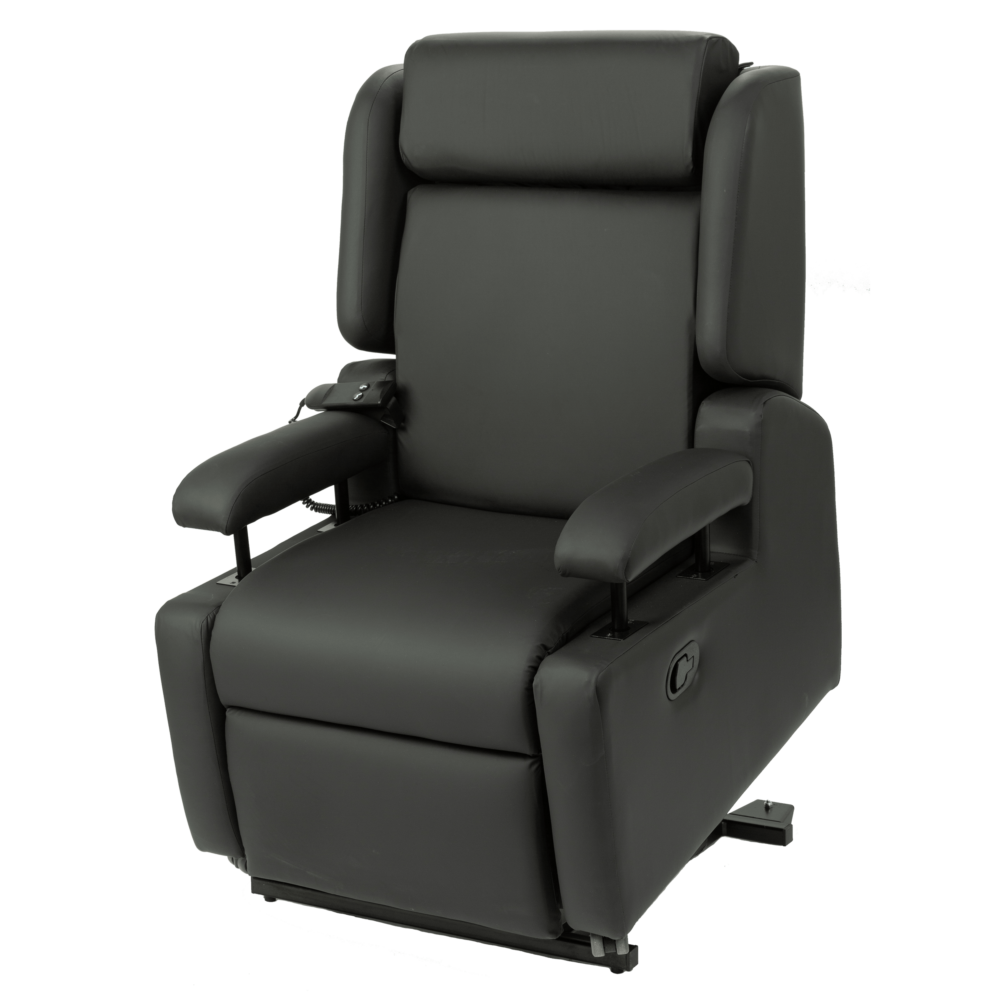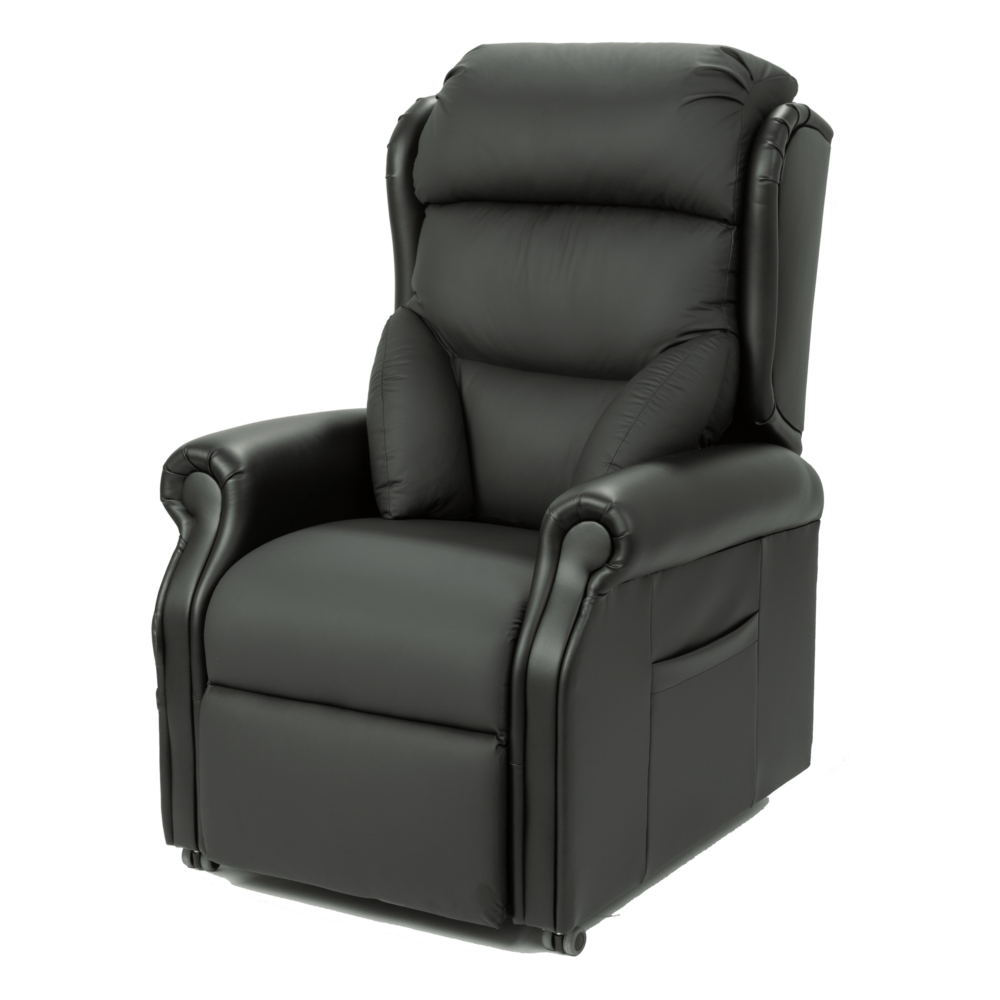What is cerebral palsy (CP)?
Cerebral palsy is the name for a group of lifelong conditions that affect movement and co-ordination, caused by a problem with the brain that occurs before, during or soon after birth1. It is imperative that an individual with cerebral palsy has access to a multi-disciplinary team that can address the range of symptoms that they may present with. Physiotherapy can help maintain, and hopefully improve, posture and movement. Speech & Language Therapy can help an individual with cerebral palsy communicate better, and eat and drink safely. Occupational Therapy can help with activities of daily living, and encourage independence.
What causes cerebral palsy?
There may be no obvious single reason; however, the main causes are believed to be2:
- An infection in the early part of pregnancy
- The lack of oxygen to the brain
- Abnormal brain development
- A genetic link
Are there different types?
Yes, there are four main types of CP:
- Spastic cerebral palsy – an individual’s muscles become stiff and tight due to spasticity, which can make it difficult for them to move as range of movement in the joints can be affected
- Dyskinetic (or athetoid) cerebral palsy – an individual’s muscles switch between being floppy and stiff, which causes random uncontrolled body movements
- Ataxic cerebral palsy – an individual will present with coordination and balance problems, resulting in shaky or clumsy movements
- Mixed cerebral palsy – an individual presents with symptoms from more than one type of cerebral palsy
“The symptoms of cerebral palsy aren’t usually obvious just after a baby is born. They normally become noticeable during the first two or three years of a child’s life.”
What are the symptoms?
The symptoms of CP aren’t usually obvious just after a baby is born. They normally become noticeable during the first two or three years of a child’s life. The severity of symptoms can vary significantly; some individuals only have minor problems with limited symptoms, while others may be severely disabled. Symptoms can include:
- Delays in reaching developmental milestones
- Learning disabilities (LD) – about half of individuals with cerebral palsy have a LD
- Communication difficulties
- Movement disorders – abnormal muscle tone/weakness, postural challenges, spinal deformities, hip dislocations, balance and coordination problems, walking on tip-toes, involuntary movements, and being non-ambulant
- Epilepsy
- Physiological concerns – digestive problems, constipation, gastro-oesophageal reflux disease, incontinence, and swallowing difficulties
- Sensory impairments – vision and hearing difficulties
CP can affect different parts of the body:
- Hemiplegia – one side of the body is affected
- Monoplegia – one limb is affected
- Diplegia – two limbs are affected
- Quadriplegia – all four limbs, and usually the whole body, affected
What postural challenges?
- Abnormal muscle tone
- Involuntary movements
- Muscle weakness
- Poor sitting balance
- Pelvic instability
- Pelvic obliquity
- Pelvic rotation
- Scoliosis
- Increased thoracic kyphosis
- Contractures
- Windsweeping
- Fatigue
- Pain
References
NHS (2017) Cerebral palsy Available from: www.nhs.uk/conditions/cerebral-palsy/
Scope (2018) Cerebral Palsy Available from: www.scope.org.uk/support/families/diagnosis/cerebral-palsy

